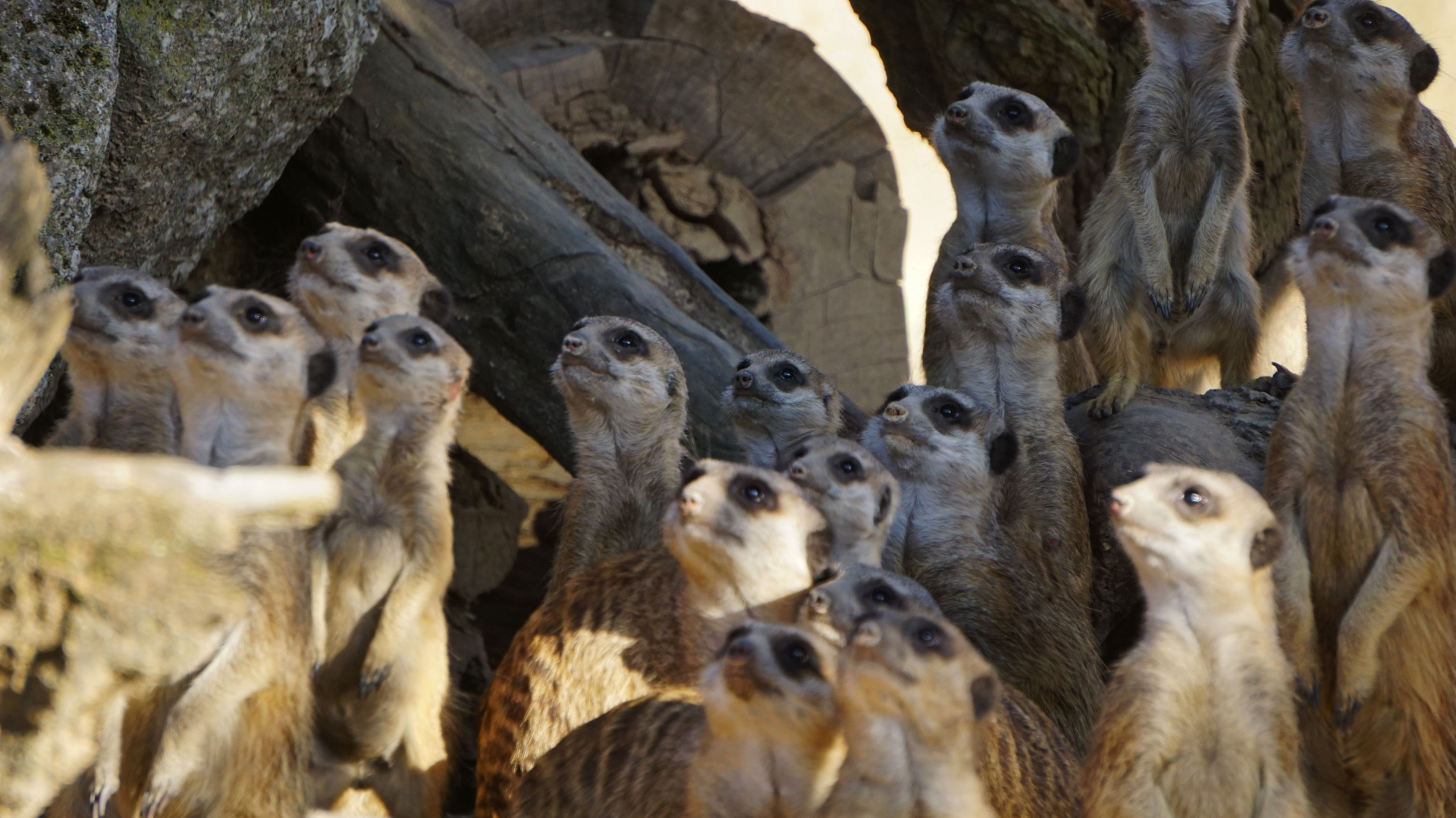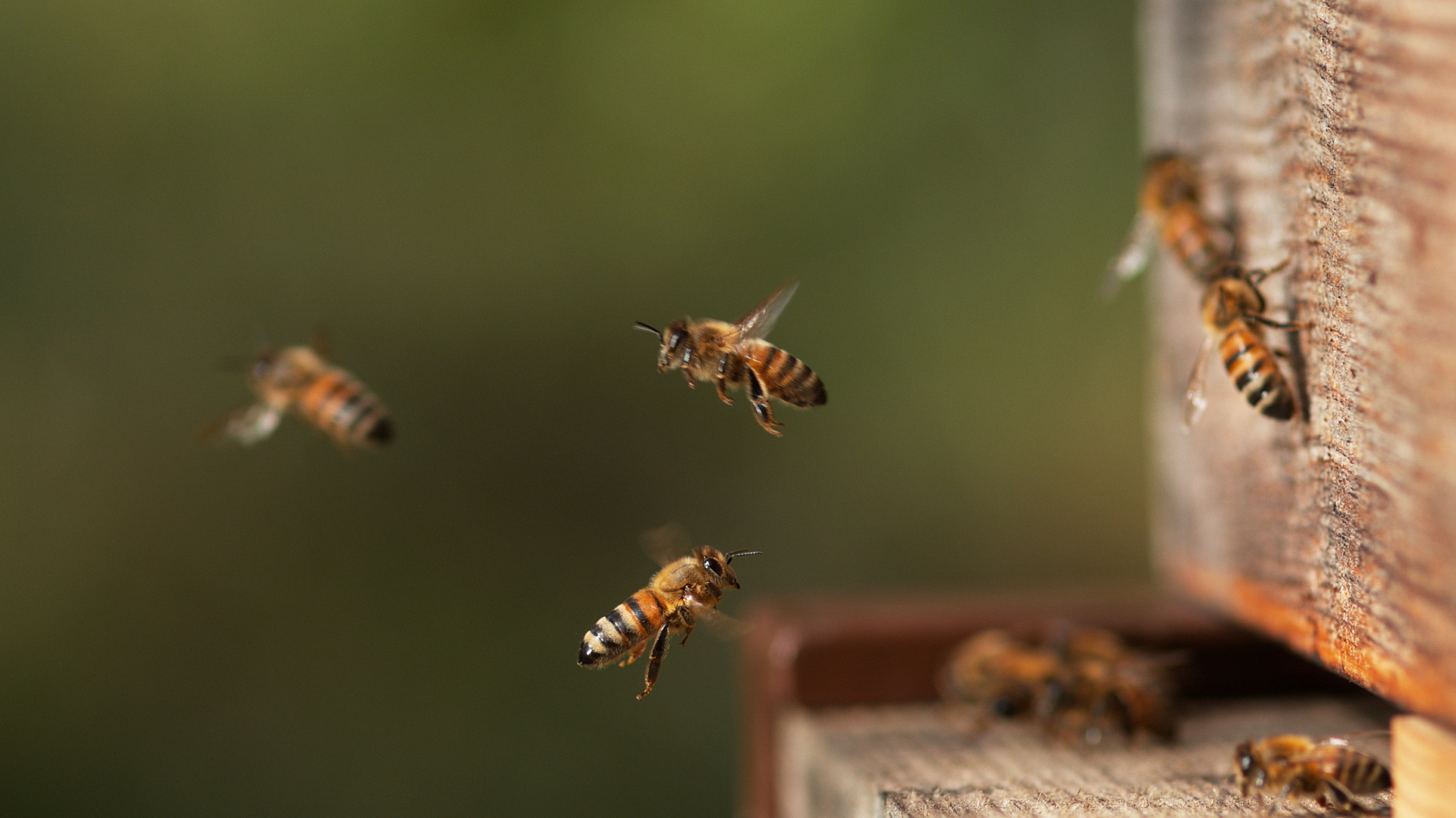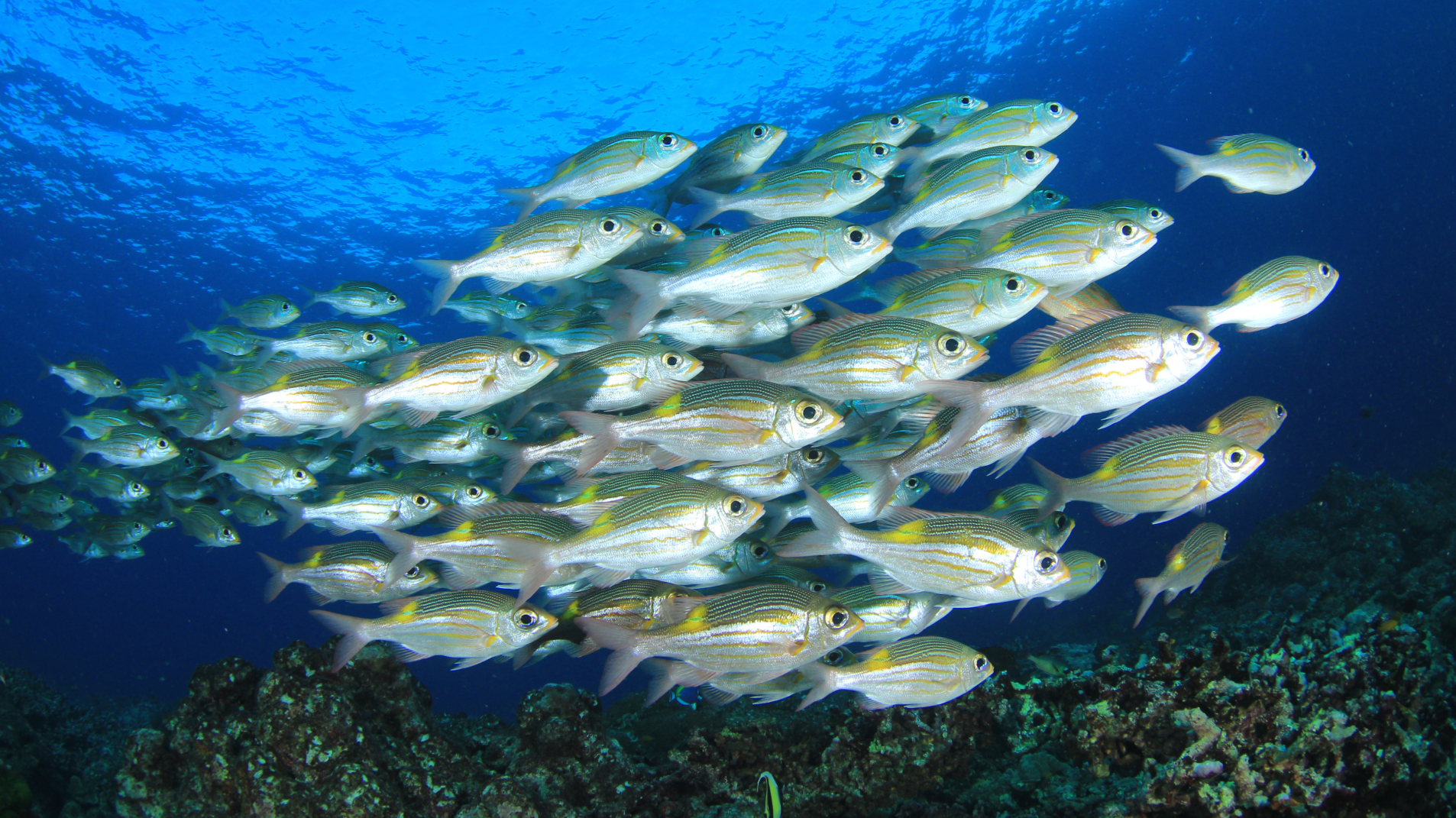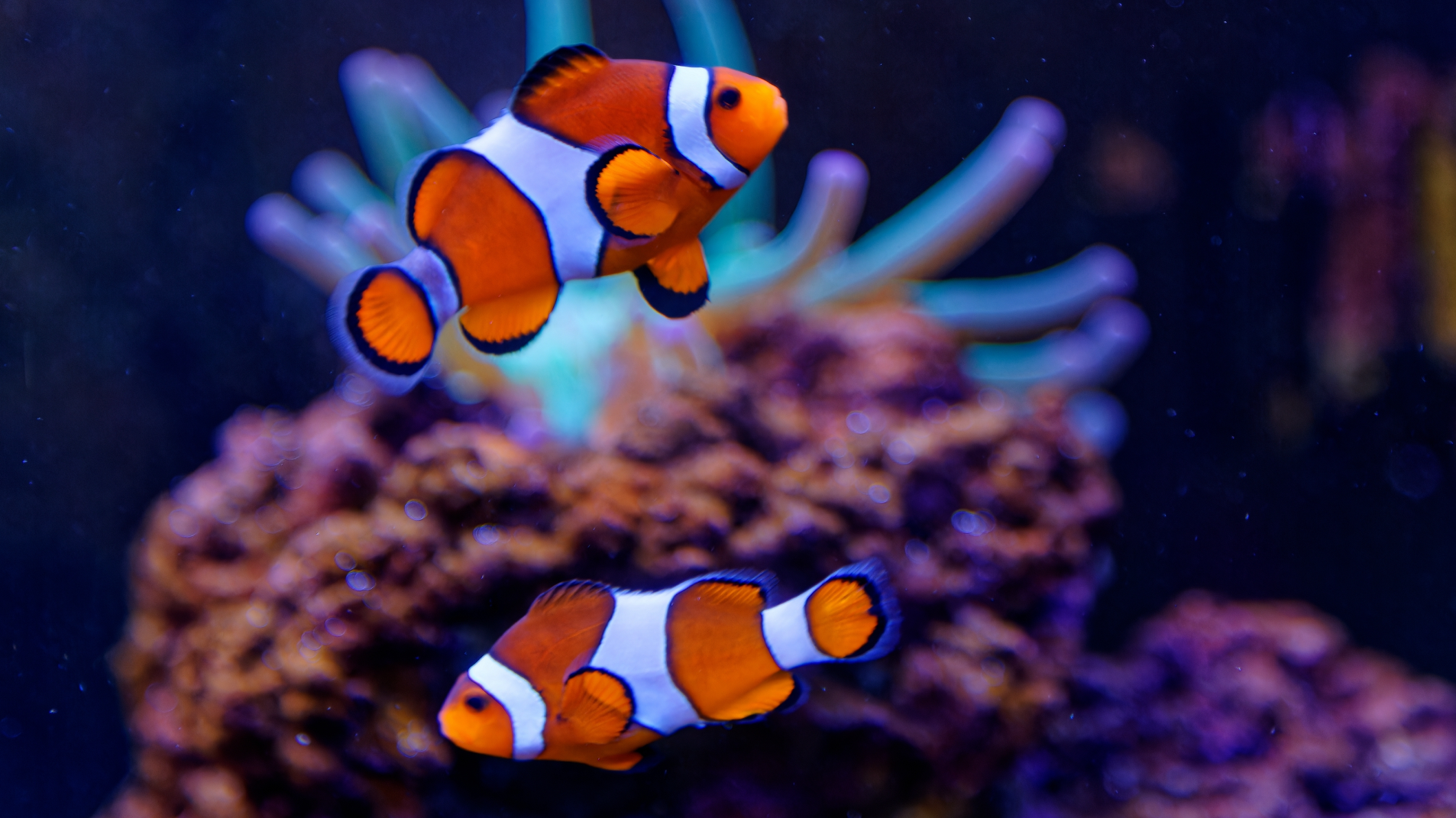Democracy by consensus and quorum
We find surprisingly effective systems of collective decision-making in social insects, such as ants and bees. Temnothorax albipennis ants, for example, use the sensing quorum strategy to choose a new nest. They are explorers, visit possible locations, return and recruit others. When a certain number of ants (“quorum”) arrive at the same place, transportation of the entire colony begins – without any centralised leadership.
In bees, the mechanism is equally fascinating: a swarm sends explorers who communicate the quality of potential locations through the “waggle dance”, a complex choreography. As more bees promote a location, consensus is reached, and the entire swarm departs for the new location.
Oddly enough, researchers point out that bee behaviour provides an interesting parallel to human elections, stating that there is no room for propaganda here. Each bee does its best assessing a site, as its well-being directly depends on the health of the entire colony. That is: in the “parliament” of bees, the truth is not optional; it is a rule of survival.
This confirms the complex and essential network of castes and communication that exists within a hive. Only a well-structured society, where each individual – from the queen to the workers – plays a defined role, allows the colony to prosper and face the challenges that nature poses to it.
Among the buffalo and deer, the decision to start moving is made collectively: when about 60% of the adults get up, the rest follow. A true body vote.
Studies focusing on painted-vulturine wild birds show that, when the dominants monopolise resources, subordinates move in groups to another location, forcing the alpha to give up. An example of a “democratic counterweight” within the hierarchy.
Baboons can also “vote with their feet” by following the majority in collective movements.
In groups of African elephants, leadership usually falls on the oldest female, whose memory of migratory routes and water sources is crucial for the group’s survival. It is leadership based on accumulated experience and prestige. A similar pattern is observed in some orca populations, where grandmothers – although they no longer reproduce – guide the group’s movements with their ecological knowledge. The loss of these figures can severely compromise the cohesion and survival of the whole community.
This type of organisation is only possible because these species have complex cognitive and social capacities. Several studies suggest, in fact, that many animals have sophisticated forms of consciousness, allowing them to sustain highly elaborated collective decision-making processes.







